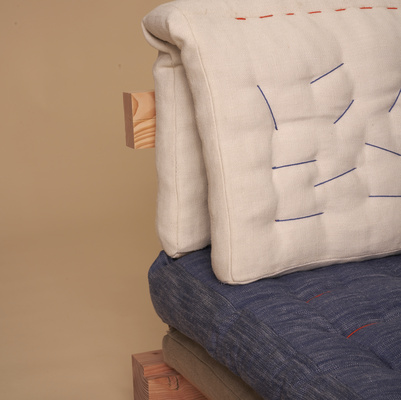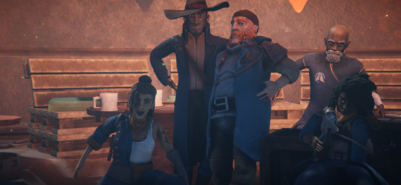Throughout my studies in design, I have been particularly concerned with interactions. Both in aspects on the physical level, what we do with objects and in the interpersonal aspects, how objects are shared by various users. In my final thesis, I have investigated the earnings of inviting viewers into the joyful experience of interacting with ceramic elements. Social conventions and classic formal traditions regarding experiencing ceramic art, depicts that you are passively viewing, comprehend the artwork intellectually by exploring it from a distance. The joy of interacting with ceramic objects and playing with compositions is central for this project. Sharing an excitement of ceramic tactility, and literally turning “play” into the approach of the project, enables the creation of a scenario with notions of interconnection and cohesion with others.

The title of this thesis - F I T T I N G S - refers to the action of “fitting to something” in the sense of installing, placing and situating – but also as a reference to “fittings” as a small part attached to a piece or even several pieces of an entirety.

“Beyond architecture, contemporary culture at large drifts towards a distancing, a kind of chilling de-sensualisation and de-eroticization of the human relation to reality. Paintings and sculpture also seem to be losing their sensu ality; instead of inviting a sensory intimacy, contemporary works of art frequently signal a distancing rejection of sensuous curiosity and pleasure. These works speak to the intellect and to the conceptualizing capacities instead of addressing the senses and the undifferentiated embodied responses” Juhani Palassmaa (Eyes of the skin, 2012)


By using “roughness” as the overall expression, a feeling of substance, simplicity and durability is giving to the sculpture. The expression assembles the aesthetics from industrial construction objects, which is seen in the traces of “production” is kept and/or amplified e.g., in the lines on the tubes from extrusion and the hand pressing of the pegs. Interaction with the elements of the sculpture forces slower movements as the objects hold significant weight, as a heavier feel helps increase the experience. The various ceramic materials intersecting generates sound, touch, resistance by their surface texture etc. It has been very well considered that there might be chipped an edge here and there due to the interaction, which hopefully amplify the impression of “meant to be used”.



Research in children’s play, has shown, that open play makes them more resistant towards anxiety, stress and depression. It seems likely to imagine, the same thing is applicable with grownups. Some of the many positive effects of play, shows that it helps us creating new relations, read other people’s signals and cope with changes, which is abilities that becomes more and more useful in the modern world of today. Namely because of the necessity to maintain our abilities to relate to others and our surroundings.
“Play opens towards something greater and provide a diversity in its forms of practice. It is another way of situating yourself towards to world. When we play, we surrender to something that is bigger than ourselves.” Helle Marie Skovbjerg (Zetland, 2021)









